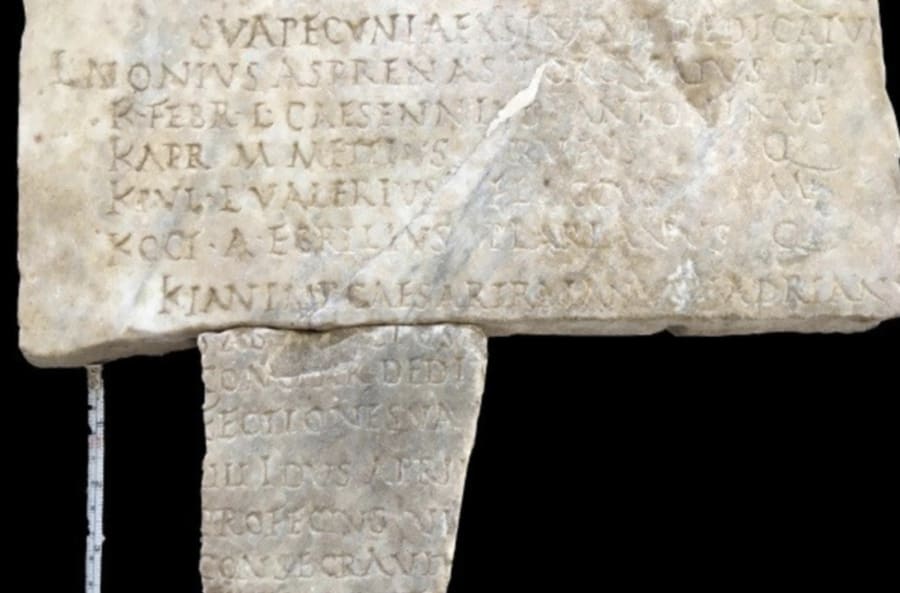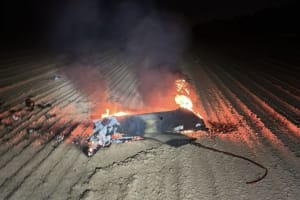Ancient fragments belonging to Roman Emperor Hadrian discovered in Italy
Hadrian known in Jewish history as the Roman leader who built a Roman colony in the Holy Land and changed its name Judea to 'Palestine'

Italian archaeologists from the Polytechnic University of Bari and the University of Catania have discovered ancient fragments reportedly belonging to Roman Emperor Hadrian in Porta Marina in Pompeii, Italy.
The fragments, dated to 126-128 C.E., are believed to be pieces of Roman Emperor Hadrian's calendar or “fasti ostienses," which were used to record the upcoming events for emperors and other nobility figures in Roman society.
Emperor Hadrian is mostly known in Jewish history as the Roman leader who built a Roman colony in the Holy Land and changed its name Judea to “Palestine” in an unsuccessful effort to sever the link between the Jewish people and their ancestral homeland.
Many Jews were killed or dispersed from Judea during the reign of Hadrian.
Alessandro D'Alessio, the director of the Archaeological Park of Ancient Ostia, stressed the importance of the "extraordinary discovery," saying that finding the ancient imperial fragments both "increases and integrates what we know about the activity of that great emperor who was Hadrian, bringing new acquisitions on the very important building activity he conducted in Rome."
D'Alessio also said the find "reconfirms the immense potential of ancient Ostia for an increasingly in-depth knowledge and dissemination of our past.”
At its height, the Roman Empire expanded across most of the Mediterranean basin, including the land of Israel. After initially persecuting both Jews and Christians, the Romans eventually adopted Christianity as the official religion of their people.
In March, Israeli archaeologists discovered a Roman-era church mosaic in central Israel. The ancient mosaic features beautiful floral designs, which archeologists believe were inspired by local flora.
“It’s quite feasible that the mosaic artisan sat here and was inspired by the anemones flowering all around him,” said Yair Amitzur, an archaeologist from the Israel Antiquities Authority.

The All Israel News Staff is a team of journalists in Israel.













